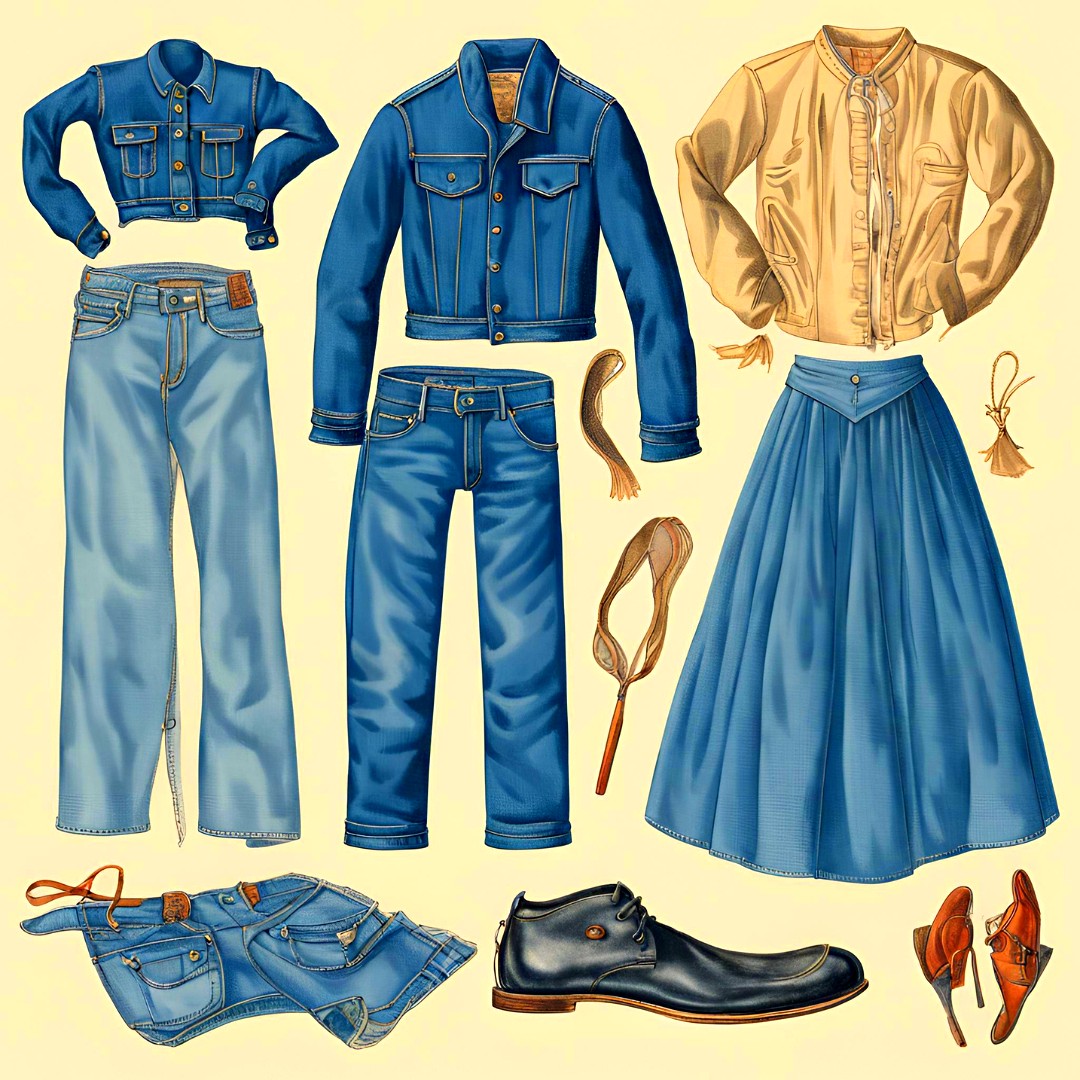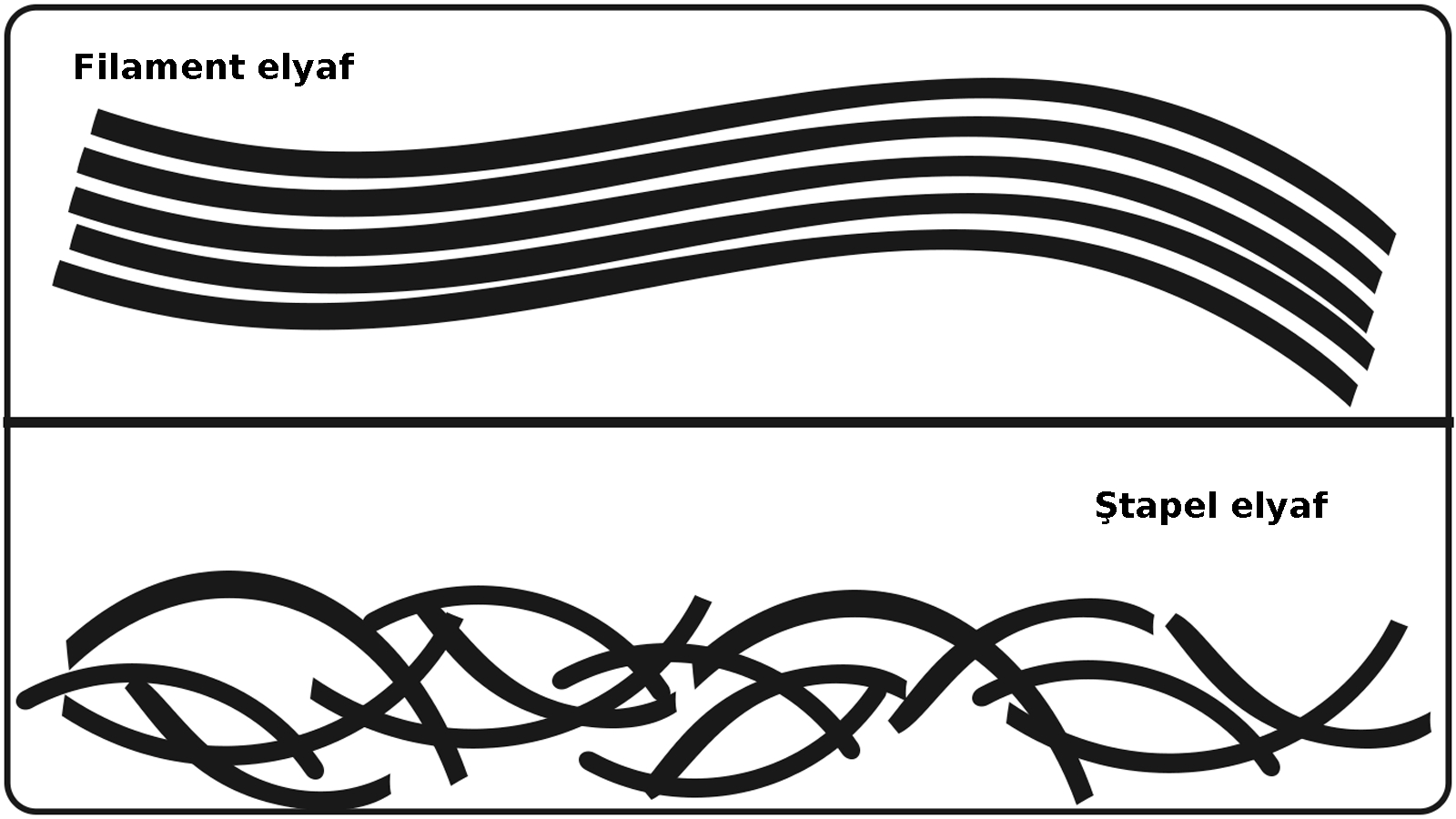Flatbed Screen Printing
20:32
0 comments
Screen printing is by far the most common technology today. Two types exist: rotary screen printing and flat (bed) screen printing. A blade (squeegee) squeezes the printing paste through openings in the screen onto the fabric.
Flatbed screen printing can be considered an automated version of the older hand-operated silkscreen printing process used on t-shirts, sweatshirts, and other printed items. For each color in the print design, a separate screen must be constructed or engraved. If the design has four colors, then four separate screens must be engraved. The modern flatbed screen printing machine consists of an infeed device, a glue trough, a rotating continuous flat rubber blanket, flat bed print table harness to lift and lower the flat screens, and a squeegee.
The infeed device allows for precise straight feeding of the fabric onto the rubber blanket, as the cloth is fed to the machine it is lightly glued to the blanket to prevent any shifting of the fabric or distortion during the printing process. The blanket carries the fabric under the screens which are in the raised position. Once under the screens, the fabric stops. The screens are lowered and then the automatic squeegee moves across each screen pushing print paste through the design or open areas through the screens. The screens are raised, the blanket precisely moves the fabric to the next color and the process is repeated. Once each color has been applied the fabric is removed from the blanket. The fabric moves through the required fixation process. The rubber blanket is continuously washed, dried, and rotated back to the fabric infeed area.
The flatbed screen process is a semi-continuous, start-stop operation. From a productivity standpoint, the process is slow with production speeds in the range of 15-25 yards per minute. Flatbed screen printing also has design limits. The design repeat size is limited to the width and length dimensions of the flat screen, no continuous patterns such as linear stripes are possible with this method. However, flatbed printing offers a number of advantages. Very wide machines can be constructed to accommodate fabrics such as sheets, blankets flags, carpets, or upholstery. Flatbed printing also allows multiple passes or strokes of the squeegee so that large amounts of print paste can be applied to penetrate pile fabrics such as blankets or towels.
-
Ayakkabılarda doğru numara seçimi sağlık ve kullanım ömrü açısından önem arz eder. Kesirli Ayakkabı Numaraları Ne Anlama Geliyor? 🤔 Bazı a...
-
İş sağlığı ve güvenliği için bazı işletmelerde pr ayakkabı kullanımı gereklidir. Ayakkabılarda rastladığımız "PR" terimi, İngiliz...
-
Mavi polycotton nevresim takımı. Polycotton , polyester ile pamuğu (cotton) karıştırarak elde edilen, her iki elyafın en iyi performans ...
-
Yeşil renk ve tonları, sarı ile mavi ışığın birleşmesi sonucu oluşur ve fotosentetik pigmentler nedeniyle bitki yapraklarında yaygın olarak ...
-
Rahat bir kullanım için ayağın genişliği ve uzunluğuna uygun ayakkabıyı seçmek son derece önemlidir. Ayakkabı Genişlik Terimleri: E, F, FX,...
-
Lif kısaltmaları tekstilde elbise üretiminin her aşamasında kullanılır. Tekstil, Kumaş, Lif ve Elyaf Kısaltmaları : Tekstil endüstrisi, lif...
-
Kumaşın ön yüzünün ve arka yüzünün gösterimi. Kumaş yüzü (Alm. Stoffvorderseite, Fr. front de tissue, İng. fabric face; face of fab...
-
Çizme ve botlarda; konç genişliği, ağız genişliği, topuk boyu, tarak genişliği ve taban iç uzunluğu. Konç, bot, çizme, ayakkabı , çorap vb...
-
Aksa akrilik fabrikası dünyanın en büyük akrilik üretim tesisidir. Türkiye'nin en büyük sanayi kuruluşları arasına 38 tekstil fi...
-
Ütü parlaması çok yoğun ise elbise kullanılmaz hale gelir. Ütü yaparken özellikle pantolon gibi hassas kıyafetlerde parlama oluşabilir. Ütü...
-
Türk tekstil ve hazır giyim sektörü: yerli markaların yükselişi. Türkiye'nin lokomotif sektörlerinden biri olan tekstil ve hazır giyim...
-
Akrilik elyaf, iyi yalıtım özelliğine sahip olmasıyla öne çıkan sentetik bir lif türüdür. Akrilik Elyaf: Tanım ve Özellikler Akrilik, ( Alm....
-
Kumaş numunesi. 1) Yapılarına göre (nasıl yapıldıysa o ismi alır) a) Dokunmamış kumaşlar - Nonwoven , keçeler, kağıt telalar, elyaf, vi...
-
Ünlü Türk modacı ve tasarımcılarının kreasyonları artık dünya moda başkentlerinde sergileniyor. Türkiye'de tekstil ve moda sektörünü...
-
Farklı renk ve türdeki kumaş çeşitleri. Kumaş, ipliklerin, çeşitli yöntemlerle bir araya getirilerek oluşturduğu kaplayıcı yüzeylerd...
-
Türk ayakkabı markaları, yerli ham maddeyi mükemmel işçilik ve estetik tasarımlarla birleştiriyor. Türk malı ayakkabı ürünler, kalitesi ve e...
-
Dünyanın en meşhur modacıları. Dünyaca ünlü modacılar Her sezon önce podyumları sonra da vitrinleri süsleyen özel koleksiyonların arkas...
-
Lif kısaltmaları tekstilde elbise üretiminin her aşamasında kullanılır. Tekstil, Kumaş, Lif ve Elyaf Kısaltmaları : Tekstil endüstrisi, lif...
-
Naylon olarak da bilinen polyamid kumaşlar sentetik kökenli bir kumaş türüdür. Polyamid ya da naylon (Alm. Polyamidfaser, Fr. fibre ...
-
Tekstil ürünlerinin etiketlerinde yıkama, kurutma ve ütüleme ile ilgili semboller bulunur. Tekstil Ürünleri için Tavsiye Edilen Yıkama Tali...




















































































































0 yorum:
Yorum Gönder
Merhaba, daha kaliteli bir site için yorumlarınızı bekliyoruz.